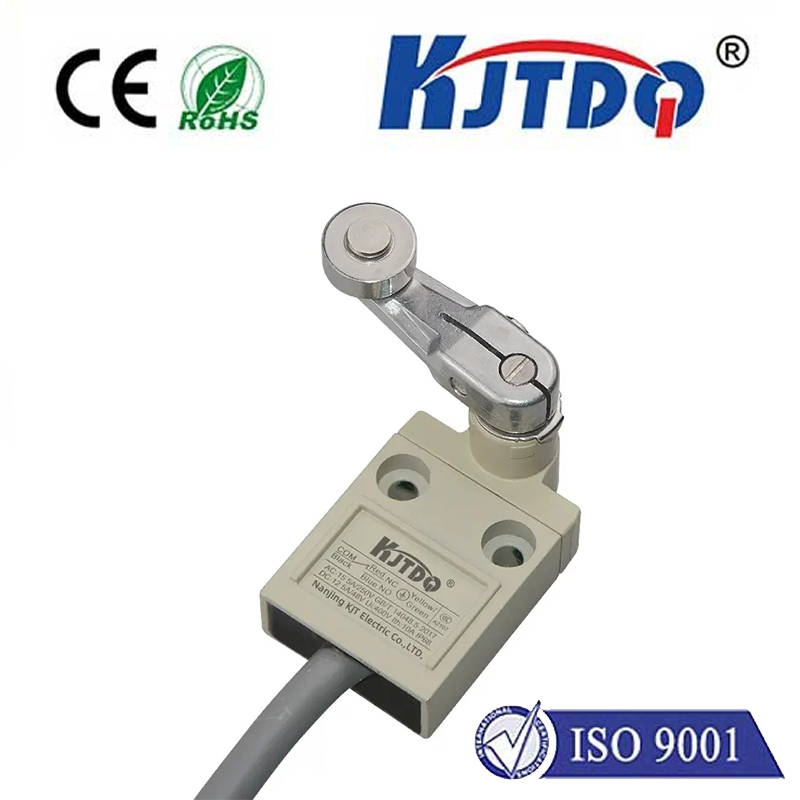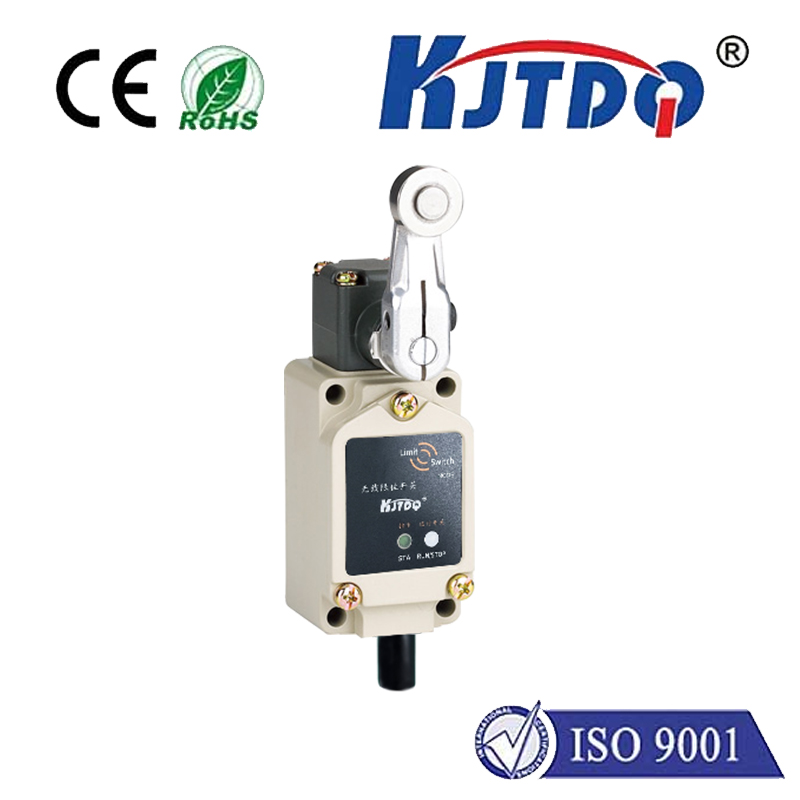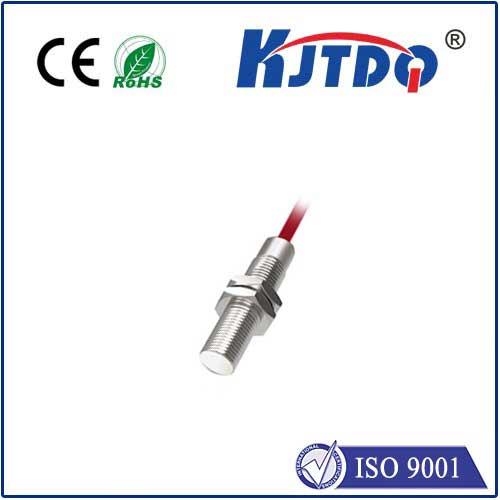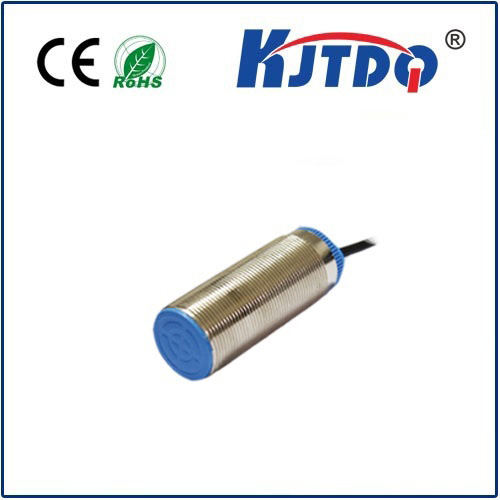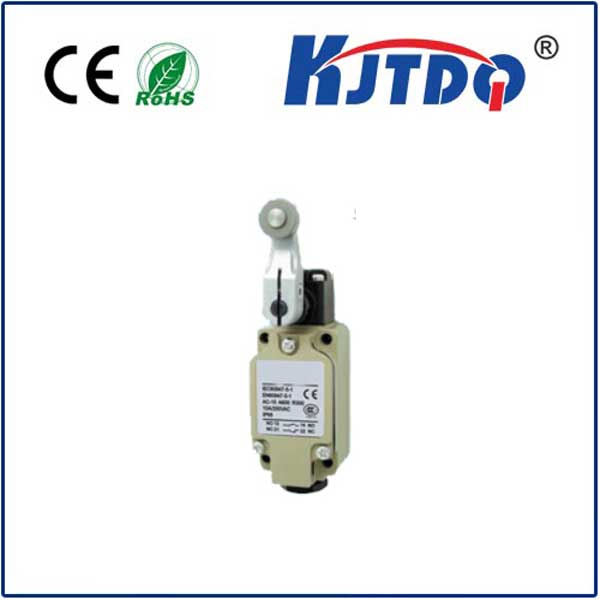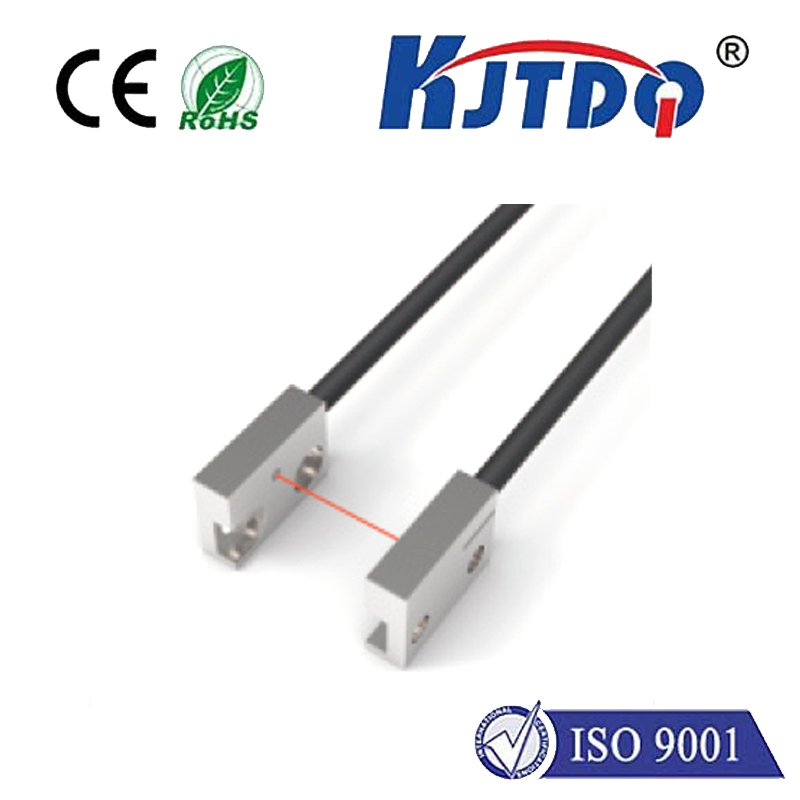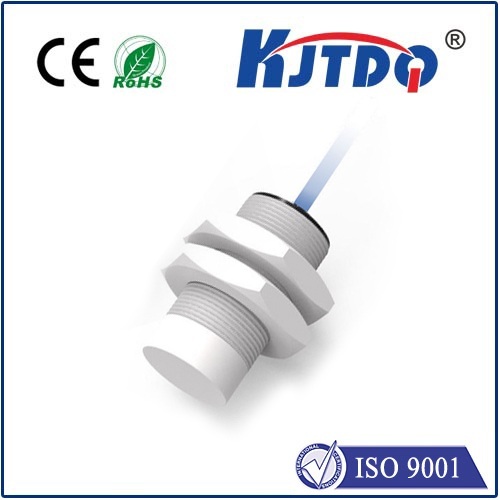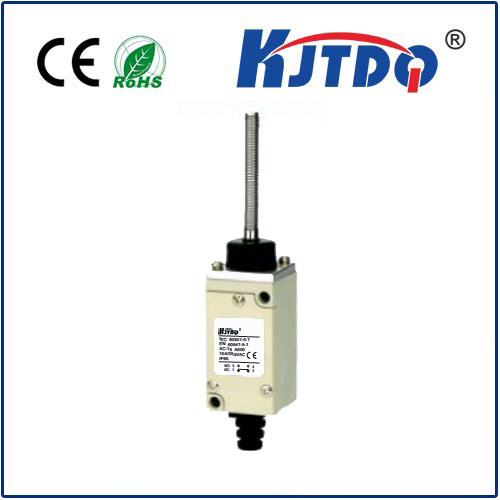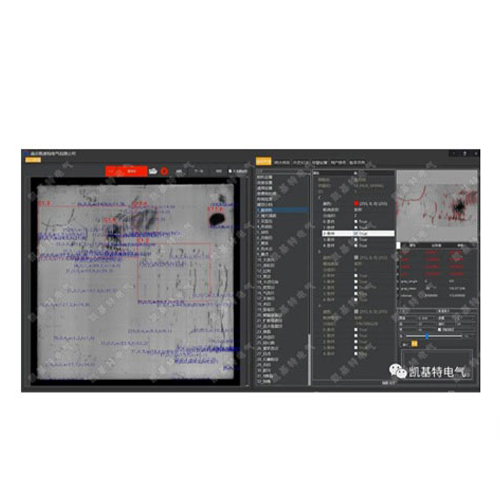Датчик приближения 12 мм.
- time:2025-06-16 16:46:08
- Нажмите:0
The Mighty 12mm Proximity Sensor: Big Performance in a Compact Package
The invisible symphony of modern automation hinges on countless tiny components working flawlessly. Among these unsung heroes, proximity sensors stand out for their critical role in detecting objects without physical contact. And within this diverse family, the 12mm proximity sensor occupies a uniquely vital position. This specific diameter strikes a compelling balance between compactness, robust sensing capability, and cost-effectiveness, making it a ubiquitous workhorse in factories, machinery, and countless automated systems worldwide. But what exactly makes this size so significant?
Why Size Matters: The 12mm Advantage
Proximity sensors, particularly inductive types (the most common for metal detection), come in various standardized diameters (e.g., 4mm, 8mm, 12mm, 18mm, 30mm). The 12mm cylindrical format hits a crucial sweet spot:
- Optimal Space Efficiency: In densely packed control panels, robotic arms, or intricate machinery, every millimeter counts. The 12mm diameter offers substantial sensing capability without demanding excessive real estate. It fits comfortably where larger sensors simply cannot go.
- Robust Sensing Range: Despite its relatively small footprint, a standard inductive 12mm proximity sensor typically offers a nominal sensing range of 2mm or 4mm (depending on the specific model and target material). This range is often sufficient for detecting the presence or absence of machine parts, verifying positions, counting objects, or monitoring end-of-travel conditions in a vast array of applications.
- Mechanical Strength & Durability: The robust barrel construction provides excellent resistance to vibration and shock – common challenges in industrial environments. The stainless steel or nickel-plated brass housing typical of 12mm sensors contributes significantly to this durability and longevity.
- Cost-Effectiveness: Due to its immense popularity and standardization, the 12mm size benefits from economies of scale, making it one of the most cost-effective choices for reliable non-contact detection. You get significant performance without a premium price tag.
- Standardization & Availability: The M12x1 threaded barrel is an industry standard. This means unparalleled mounting simplicity using readily available nuts and brackets. Furthermore, replacing a failed sensor is incredibly straightforward due to the vast availability of compatible 12mm units from numerous manufacturers worldwide. Think plug-and-play on the factory floor.
Core Technology: How Do They Work?
Most 12mm proximity sensors utilize inductive sensing technology. Here’s a simplified breakdown:

- The sensor contains an oscillator circuit generating a high-frequency electromagnetic field emanating from its sensing face.
- When a ferrous metal target (like iron or steel) enters this field, eddy currents are induced within the target.
- These eddy currents draw energy from the oscillator circuit, causing its amplitude to decrease.
- The sensor’s internal detection circuit monitors this oscillation change. Once the change surpasses a predefined threshold, it triggers a signal change in the sensor’s output circuit.
- This output signal (typically a switched DC voltage – see next section) is then communicated to the control system (PLC, microcontroller) indicating the target’s presence or absence.
Crucially, this non-contact operation means no physical wear and tear occurs between the sensor and the target, leading to exceptionally long operational life and minimal maintenance requirements. They excel in dirty, dusty, or oily environments where mechanical switches would fail.
Key Features to Understand
When selecting or working with a 12mm proximity sensor, several key specifications are critical:
- Sensing Range: The maximum distance at which the sensor can reliably detect its specified target material (e.g., Fe360 steel). For 12mm inductive sensors, 2 мм and 4 мм are standard nominal ranges. Always consider operating tolerance and target material effects.
- Output Type: Defines how the sensor signals detection:
- NPN (Sinking): Switches the Negative (0V) line to the load. Common in European/Asian designs.
- PNP (Sourcing): Switches the Positive (+V) line to the load. Common in North American designs.
- NO (Normally Open) / NC (Normally Closed): Defines the output state when no target is present (NO = Off, NC = On). Switches upon detection.
- 3-Wire Configuration: The most common setup (Brown = +V, Blue = 0V, Black = Signal Output).
- Operating Voltage: Wide ranges are typical (e.g., 10-30V DC), offering flexibility in different control systems.
- Housing Material: Usually stainless steel or nickel-plated brass for excellent environmental resistance.
- IP Rating: МП67 is standard, meaning the sensor is protected against dust ingress and temporary immersion in water (up to 1m for 30 minutes). Essential for harsh industrial settings.
- Switching Frequency: How quickly the sensor can detect targets moving past it (often in the range of 100Hz to 1kHz for 12mm sensors). Important for high-speed applications.
- Connection: Pre-wired cables (various lengths/shields) or Quick-Disconnect (M12 Connector) options are prevalent. M12 connectors significantly speed up installation and replacement.
Where Do You Find 12mm Proximity Sensors? Ubiquitous Applications
The combination of compact size, reliable performance, and affordability makes the 12mm proximity sensor indispensable across numerous sectors:
- Factory Automation: Position sensing on conveyors, robot end-of-arm tooling verification, part presence detection in assembly machines, pallet position confirmation, cylinder position feedback.
- Packaging Machinery: Detecting foil lids, monitoring fill levels (indirectly via moving parts), confirming carton flap closure, tracking product movement.
- Перевозка материалов: Verifying carton presence on lifts, sensing pallet positions on AGVs (Automated Guided Vehicles), detecting metal parts on sorting lines.
- Automotive Manufacturing: End-of-stroke detection for presses and welders, confirming component placement, monitoring robotic arm positions, safety door interlocks.
- Станки: Tool change verification, chuck open/close confirmation, workpiece presence detection in lathes or mills.
- Printing & Paper Processing: Web break detection, roll diameter monitoring, jam detection.
- Building Automation: Elevator car position sensing, safety door monitoring, HVAC damper position feedback.
Selecting the Right 12mm Sensor: A Quick Guide
Choosing the optimal sensor involves considering:
- Target Material: Inductive sensors (most common 12mm type) primarily detect ferrous metals. For non-ferrous metals or other materials, consult specs or consider capacitive sensors.
- Required Sensing Distance: Match nominal range (2mm/4mm) to your application gap, allowing for tolerance and target size/material influence.
- Environment: Ensure МП67 rating for industrial use. Consider extreme temperatures, chemicals, or welding environments (requiring specialized “weld immune” versions).
- Electrical Interface: Match NPN / PNP and NO/NC output configuration to your PLC or controller’s input requirements and circuit.
- Mounting: Standard threading (M12x1) offers flexibility. Ensure adequate clearance around the sensor body.
- Speed: Verify the sensor’s switching frequency exceeds the maximum target speed encountered.
The 12mm proximity sensor is more than just a component; it’s a testament to intelligent engineering in a compact form. Its perfect blend of size, robust performance, sensing range, standardized design, and affordability has solidified its place as the go-to solution for millions of reliable object detection tasks across the globe. From simple position checks

